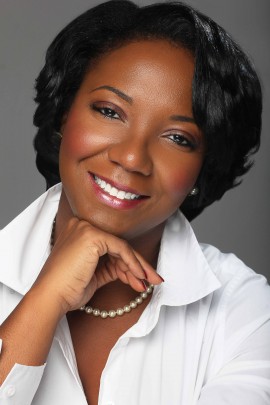It is in the realm of community memory that the Rio VideoWall’s absence can become generative. Artworks, like all things on earth, are subject to the ravages of time. The question should never be how to go back to the imagined purity of an artwork’s initial production, but how to work within an artwork’s present, which contains traces of its multiple pasts and potential for as many multiple futures. Scholar and curator Hanna Hölling recently proposed a framework of conservation that not only takes decay and change into account but also acknowledges how the contemporary vantage points of present-day curators and conservators contribute to “manufacturing historicity and actually producing something new” when they “preserve” artworks,[i] and this is what I have in mind as I revisit the idea of preserving the spirit of the Rio VideoWall—even as it might take on a new form.
Preserving art usually calls attention to the elements of its material construction—it is important to understand whether a picture was painted on cardboard or canvas, or if a film was shot with a HD camera or on Super 8—but preservation as a practice rarely attempts to take stock of an artwork’s effects on individuals, on publics, and on a place. In my project’s effort to reconstruct the Rio VideoWall, the project team is attempting to recover individual’s memories of seeing the artwork through the accumulation of oral histories that will be shared on the project website and incorporated into the artwork’s reconstruction. These oral histories will provide access to lived and felt experiences—those often absent from the histories provided by critics and scholars, and yet are an essential component of accounting for the impact of public art within a community.
Here, for example, is an excerpt of an oral history I conducted with my colleague at Georgia Tech, Joycelyn Wilson, who spent a great deal of time at the Rio mall as a teenager in the 90s, taking public transit with her friends from their working-class neighborhood in the southwest part of the city to the decidedly more middle-class center.

Excerpt of interview with Dr. Joycelyn Wilson, Assistant Professor, School of Literature, Media, and Communication at Georgia Tech.
We can hear that, at least as far as Wilson can remember, the VideoWall hardly functioned as “a center of community activity,” as Birnbaum intended it to be, and rather served as something akin to the “video wallpaper” that McCarthy described. As Donald A. Ritchie, whose book, Doing Oral History, stands as the definitive work on the process and meaning of conducting oral histories, writes, “interviews conducted long after the events benefit from the interviewee’s reflections that better enable them to weigh the events and sort the significant from the trivial.”[ii] Oral histories allow historically marginalized communities to speak for themselves, and can act as a powerful counterweight to the narratives marshalled by institutions and individuals in positions of authority. In addition, oral histories often reveal meaning through what they omit, or by illustrating patterns of human tendency in memory and speech. Memories include gaps and silences, misremembrances, and even some lies. It is in these spaces [•] that oral history connects with the goal of preserving public artworks, because the fact that memories and stories about the past are allusive, partial, and constructed allows us to review them for specific tendencies in order to explore the values, attitudes, and feelings associated with individual and collective experience that are otherwise rarely examined.
Preserving public artworks also means preserving the memories of the people who were impacted by those artworks. Doing so enriches the public record and our collective understanding of how public art makes meaning within a community. The idea, in short, is to re-inscribe the voices and memories of the public into the public art of the future.
[i] Hanna B. Hölling, Paik’s Virtual Archive: Time, Change, and Materiality in Media Art (Berkeley and Los Angeles: University of California Press, 2017), 99.
[ii] Donald A. Ritchie, Doing Oral History, 3rd ed., (New York: Oxford University Press, 2015), 26.
